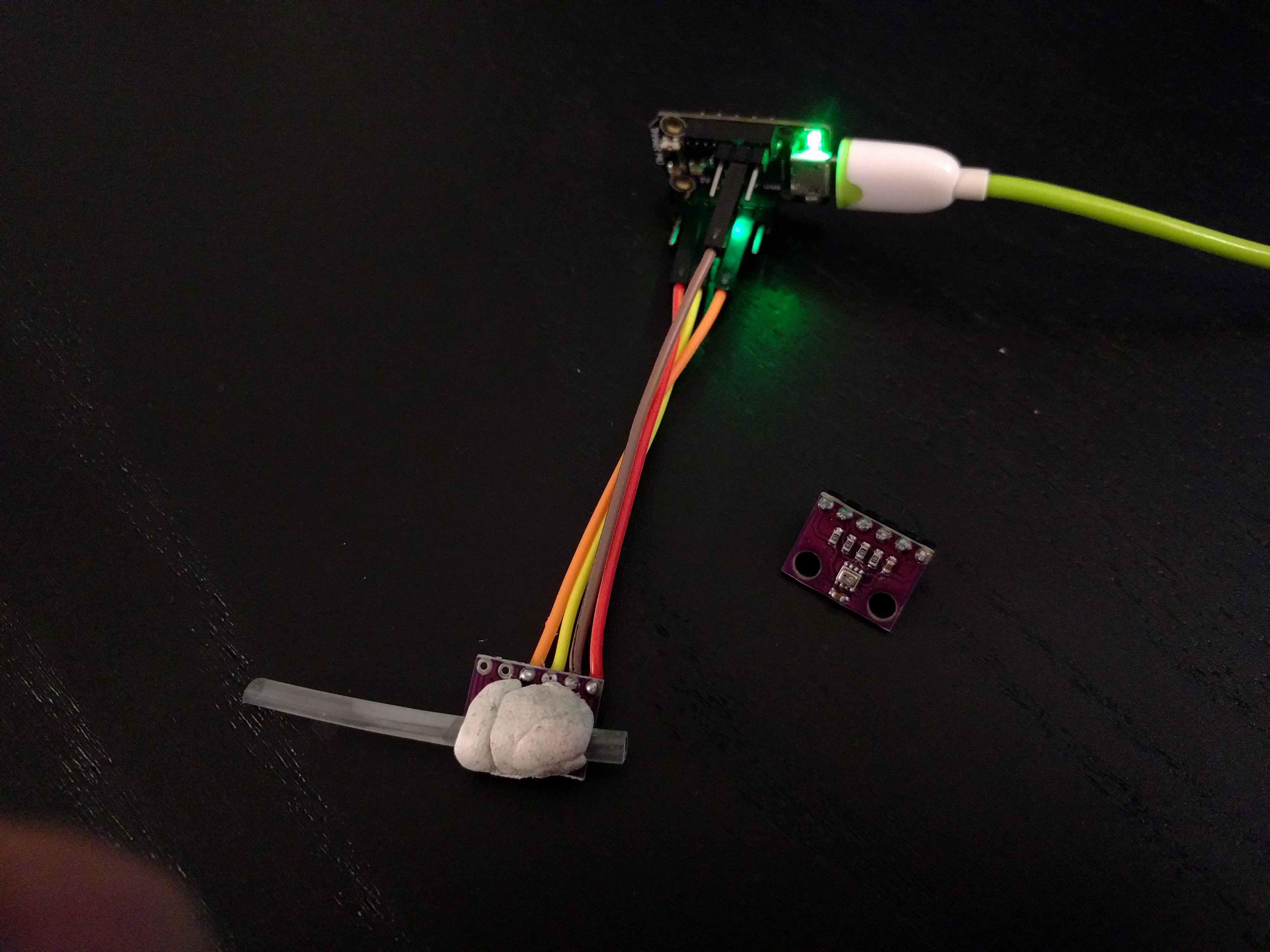Ocarina is a pretty unique instrument. It's officially woodwind, even though it usually doesn't contain a single piece of wood, being made out of ceramics (though wooden ocarinas do exist, as well as plastic). It usually has much richer and more interesting sound than all kinds of pipes. And thanks to its appearance in several computer games, you can easily find a lot of game music converted to ocarina tabs. The six-hole ocarina is a specific type of this instrument, that has six holes, and often can be worn on your neck as a pendant.

There is one big problem I have with my ocarinas, though, and that is probably common to a lot of people who want to practice playing instruments — nobody wants to listen to you practicing, especially if you are pushing your current skill and making a lot of mistakes. For piano players this is a solved problem: just get an electric keyboard and play wearing your headphones! While there are also electronic woodwind instruments, they are usually a bit weird, look nothing like a six-hole ocarina, and use completely different fingering than an ocarina does — so not very good for practice.
So I'm going to build my own. I need a sensor for detecting how hard you are blowing, and six touch-sensitive pads, for detecting which holes are covered and if they are covered whole or just partially (for bending). I'm going to start with a simple USB MIDI output, so that I can use a synth program on my computer to actually make the sounds, but maybe I will also make a standalone version with a headphone jack and a battery — we will see how the project progresses.
The first thing, and probably the hardest, is to decide on the breath sensor. The most obvious solution is a pressure sensor, placed inside some kind of a pipe, so that I can measure the air velocity. If that doesn't work, I can use a variety of other solutions, from a microphone to a heater and temperature sensor.
So I took a BMP280 breakout board, blue-tac-ed a piece of straw with a hole on the side on top of it, and tested what readings I can get from it. Initial tests are very promising, I can see a marked increase in the sensor readings while blowing into the straw. More testing is necessary to see how well this behaves, but I'm hopeful.

 deʃhipu
deʃhipu
Discussions
Become a Hackaday.io Member
Create an account to leave a comment. Already have an account? Log In.